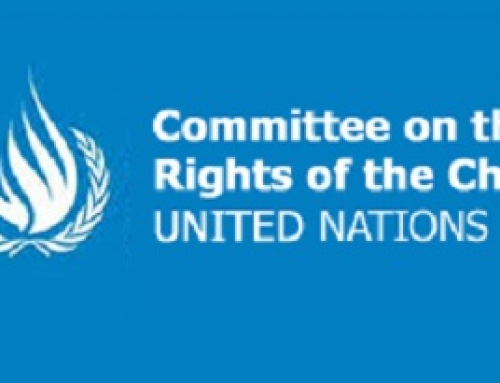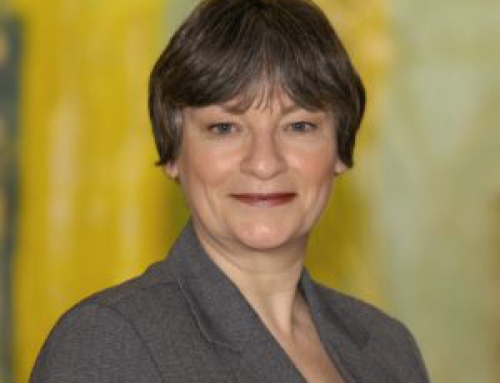|
PRESS RELEASE |
Re the expected publication of the Secondary Modern Strategy (Ed Balls speech to National College of School Leadership 19 June 2008 – ‘ we will publish a secondary modern strategy next month and it will specifically aim to improve the performance of all non-selective schools in selective areas’.)
START
Margaret Tulloch Secretary Comprehensive Future said –
We want to see a new strategy to end selection so that thousands of young children in England every year will not face entry tests on ability or aptitude to get a place at secondary school. That seems the most obvious strategy.
END
Contact : Margaret Tulloch 020 8947 5758, 07836 741974
NOTES
- Comprehensive Future wants to see all secondary schools open to children of all abilities (as primary schools are now). Our aim is not to abolish schools but to abolish selection. There is now all party acceptance of the adverse effect that selection has on children, on communities and on the aim to provide good schools for all.
- The Government has taken action to make school admissions fairer and reduce covert selection. However overt selection at 11 remains and an increasing number of young people are facing it. Unless there are changes selection can only be ended by a complex procedure of petitioning and balloting allowing parents to vote for change or by the governors of selective schools deciding on change.
- A DCSF funded report (Research Report DCSF-RR020 Coldron et al 2008) found that 43 of the 150 English local authorities have schools selecting on ability. In addition 6% of schools are selecting on aptitude. So thousands of English children get an official message of failure before they start secondary school. Coldron found the most highly selective local authorities had more socially segregated schools, fewer parents getting their first preference and more appeals.
- The data in the just published DCSF Statistical Bulletin, The Composition of Schools in England (26 June 2008) includes much relevant information on selection:
(http://www.dfes.gov.uk/rsgateway/DB/SBU/b000796/index.shtml) –
- The percentage of pupils in grammar schools has increased from 4.2% in 1997 to 4.7% in 2007 ie an increase of more than 28,000 pupils. This shows that more and more children are taking entry tests and failing them. If we assume the ratio of success to failure is 1 in 3 then roughly 15% of pupils have their aspirations lowered by failure at 11.
- Levels of FSM segregation in secondary schools are more associated with the proportion of pupils in grammar schools in the LA than any other LA characteristic.
- Grammar schools have a lower than average incidence of pupils eligible for fsm and pupils classified as SEN. FSM rates in grammar schools were not representative of their local areas. Black African, Bangladeshi, Black Caribbean and Pakistani pupils were under represented in grammar schools compared to the local areas.
- All selective local authorities have inflows of pupils from other LAs with the highest four LAs having inflows of over 60% of their yr 7 grammar schools intake ie in Reading 75% of grammar pupils are from a different LA followed by Sutton, Kingston and Barnet all with over 60%.On average selective LAs gain above average pupils in yr 7 and lose low attaining pupils.
- Around a third of the National Challenge 638 schools are in the 15 mainly selective local authorities – Bexley, Bournemouth, Buckinghamshire, Kent, Kingston, Lincolnshire, Medway, Poole, Reading, Slough, Southend, Sutton, Torbay, Trafford and Wirral and many more in the other 21 authorities which have fully selective schools.
- Sir Mike Tomlinson Chair of the National Challenge said to the Kent Messenger on June 12 – ‘Many of the local authorities with the most National Challenge schools are those in selective areas where “secondary moderns” face particular challenges. As part of the School Improvement Strategy there will be intensive engagement to raise attainment in these schools where pupils often start school with low aspirations’.





